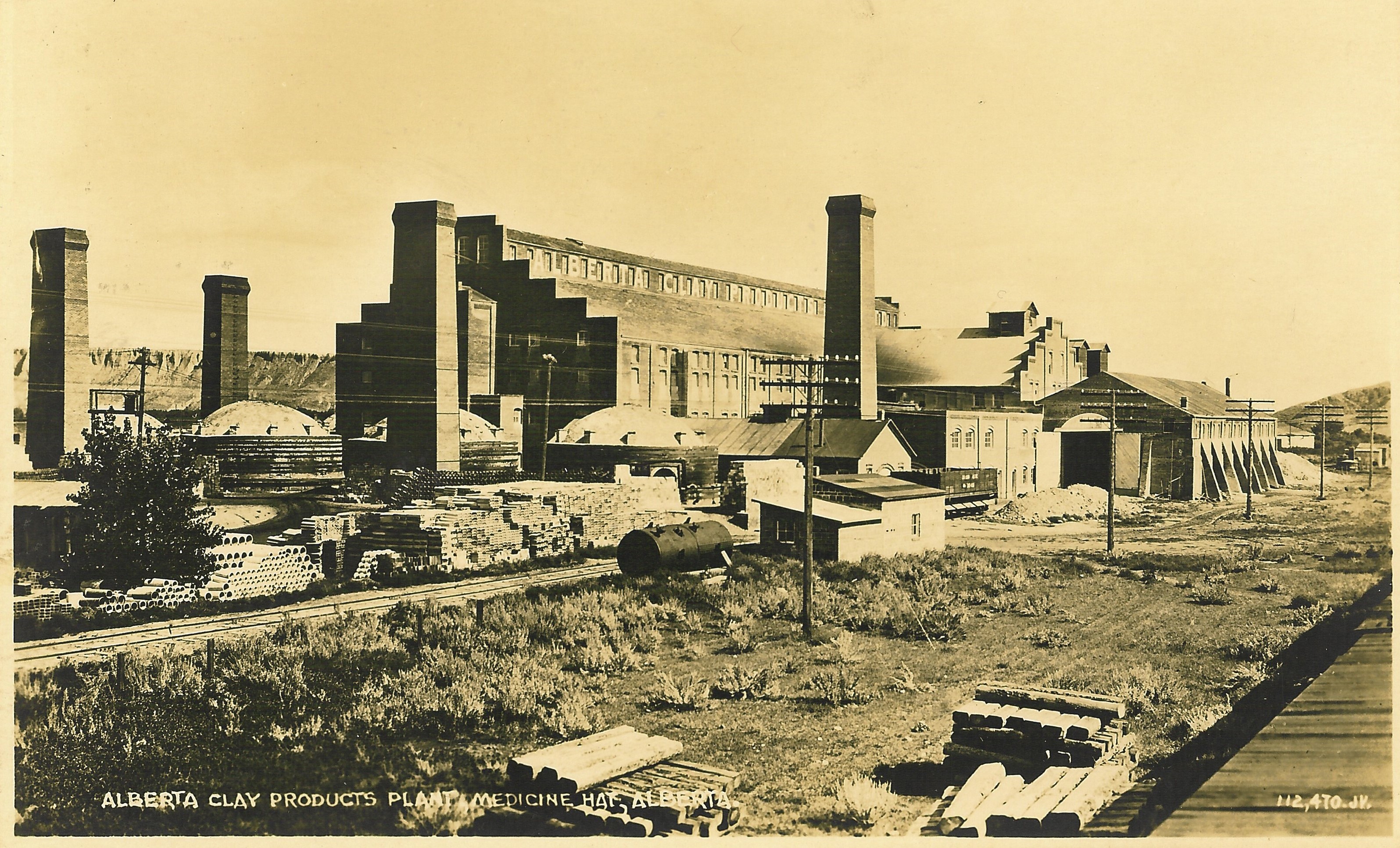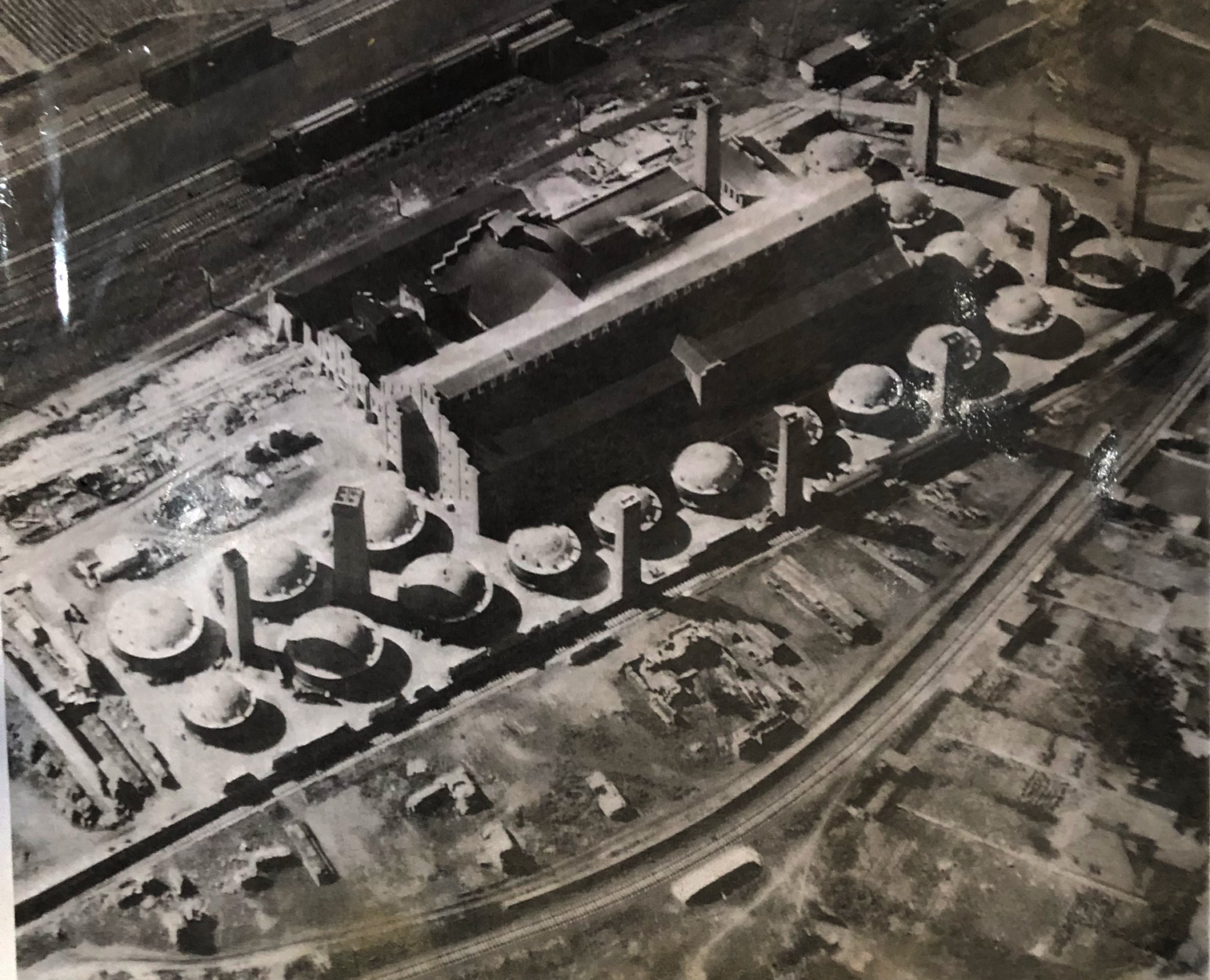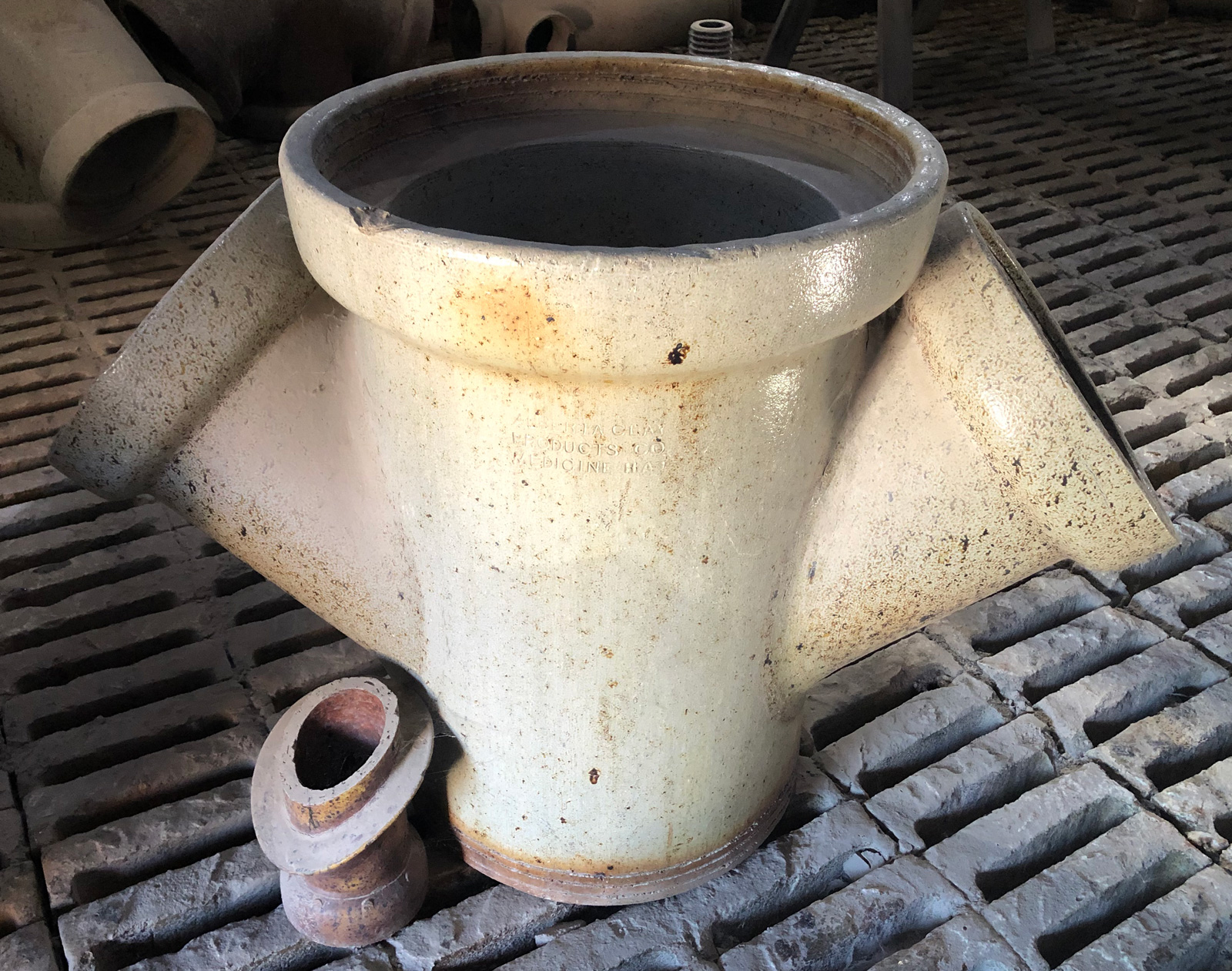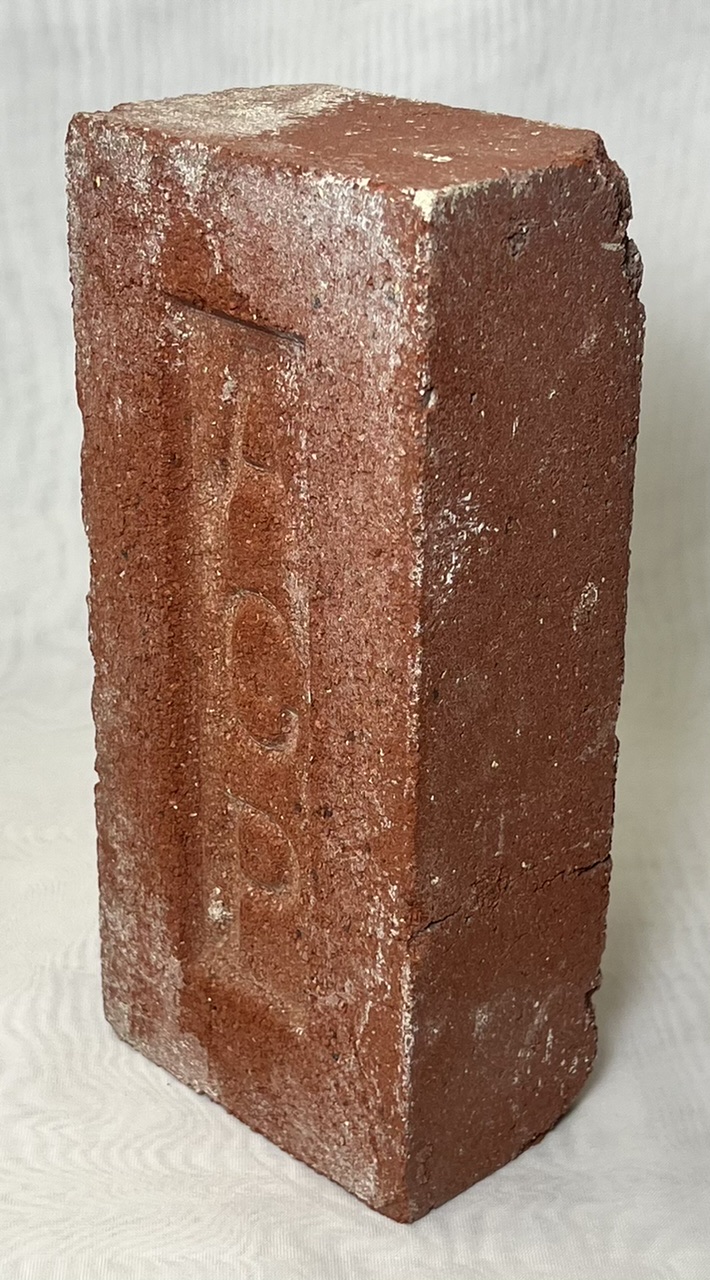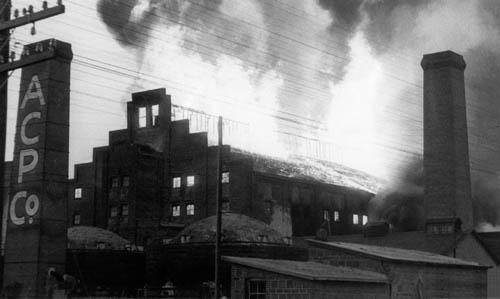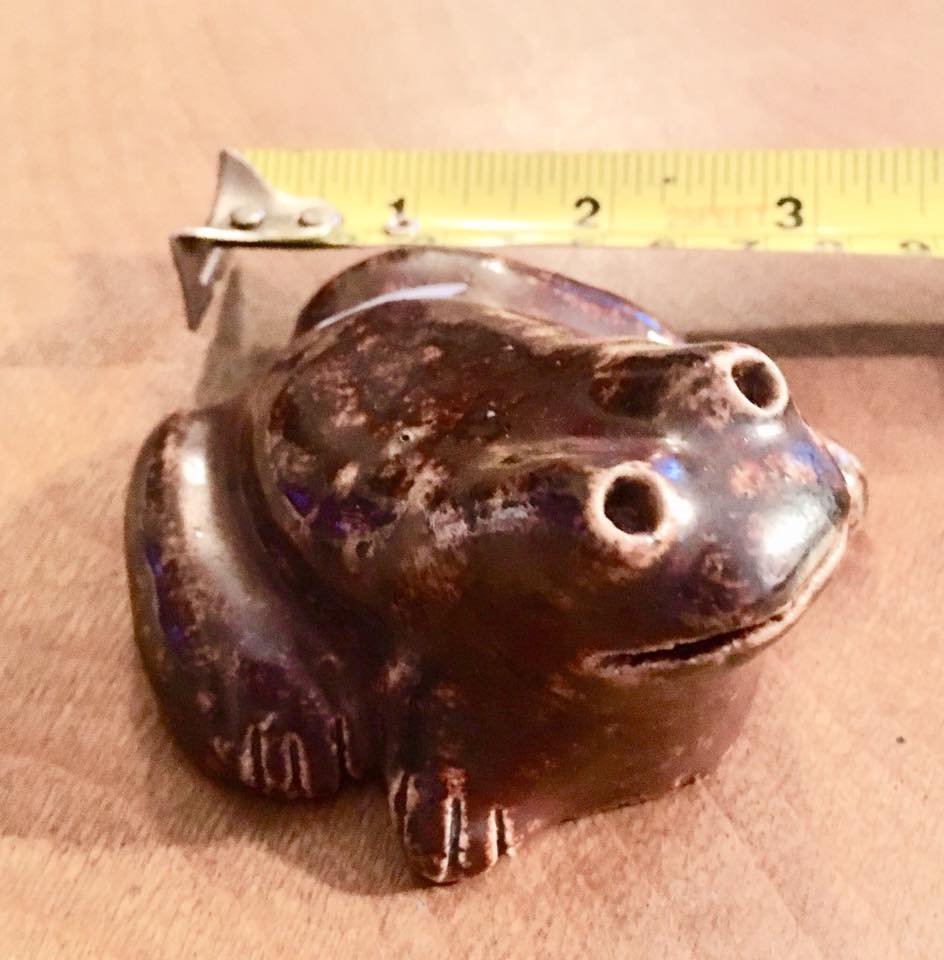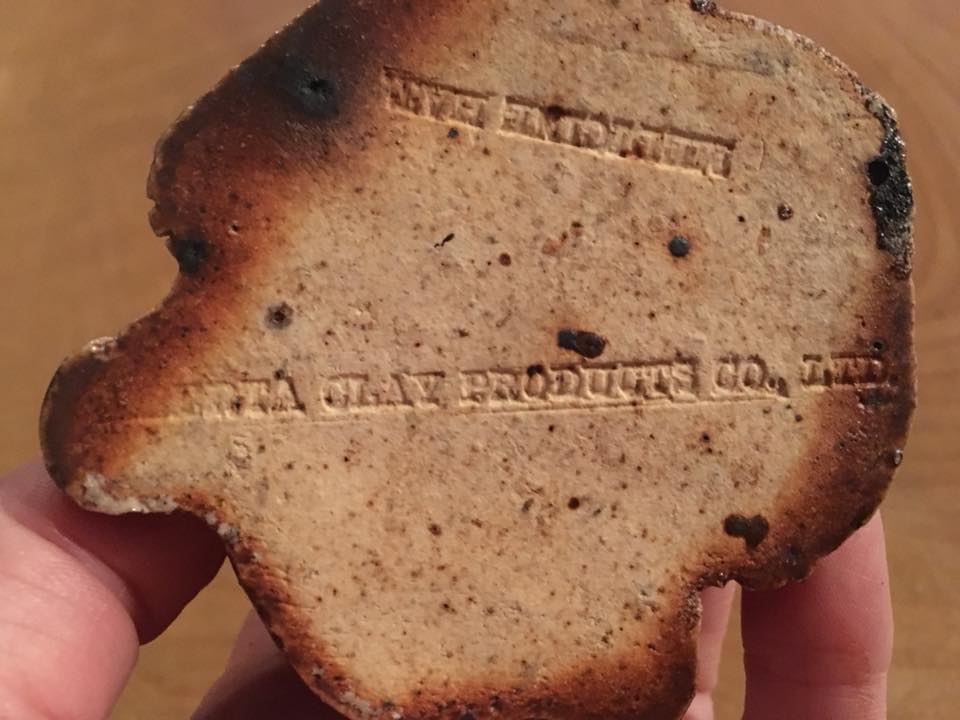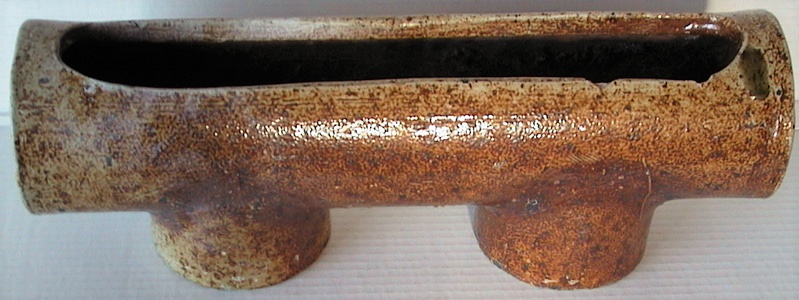Alberta Clay Products Co. Ltd.
Description: From 1909-1962, a large manufacturer of pipe and brick in Medicine Hat, Alberta.
- Alberta Clay Products was conceived by an IOWA brick company, under the supervision of a Mr. Warren Overpack.
- In 1909 the City of Medicine Hat ratified a bylaw granting Alberta Clay Products Co. Ltd. 35 acres of land for $1.00 providing they constructed the proposed plant and operated it for at least one month. The City also agree to sink one gas well on the property, construct the track and give the Company a 15 year exemption from all municipal taxes except school taxes. After much haggling with the City as to the level of the land, they constructed one kiln, and a temporary frame building to house the brick making machinery. They made all the brick for the new plant using the clay from the foundation excavations and the Dunmore pit.
- Scores of men kept the temporary kilns running 24 hour a day making brick to complete the gigantic complex consisting of ten round downdraft kilns 28 feet in diameter and four larger 40 foot diameter ones surrounding the main plant buildings.
- Mr. Overpack experimented with the Dunmore clay as to its feasibility for fire brick manufacture. He found that it was superior to the imported American product. The Company saved $25,000.00 by making their own fire brick. In 1911 the Company went into fire brick production for the outside market. Up to this time all firebrick had to be imported from the U.S.A.. at considerable expense.
- Although the Company was billed from its conception as a manufacturer of sewer pipe, its initial production was restricted to tile blocks and red pressed brick. In 1913 the company located at its Dunmore day pit the perfect clay for sewer pipe and from that time on they produced thousands of pipe for the hungry western market.
- The company controlled a clay pit at Dunmore that would be used for their feed stock. The pit boss was a Mr. Bill Hrehorchuk, with his crew of eight to nine men he contracted to supply the company with 4 - 5 carloads (45-50 tons) of clay a day at $15.00 per carload. The clay was blasted out of the hill side, moved with small horse drown carts on tracks and dumped into the C.P.R. rail cars. This process of clay removal was in the most primitive form. The plant in full production consumed 8-9 rail cars of clay a day.
- By 1912 the plant was the second largest Brick plant in North America employing 325 men. In that same year the Company landed the "LARGEST INDIVIDUAL" order for building materials ever in western Canada --500 carloads of fire proofing for the erection of the C.P.R. shops in Calgary.
- World War 1 took the edge off the industrial boom in the area (because of labor and material shortage). The clay industry suffered when the Canadian government in 1915 closed down all factories other than those engaged in war production. Chinese workers came in great numbers to replace the men who went to war. They helped keep the Company running between 1914 and 1918, but the plant itself deteriorated because of lack of materials for repair.
- Harry Clinton Yuill acquired control of the company in 1918, and for 26 years personally oversaw day-to-day every phase of production at his huge plant. He spent thousands of dollars putting the plant back into good shape for the post War building boom. The plant was in maximum production, employing its workers at top wages during the building boom of the 20's.
- Alberta Clay Products rolled well with the depression and managed to retain most of its key workers, even though there were months when the payroll exceeded the sales receipts. The Company kept its kilns going, at a reduced pace, filling its storage yards with inventory for an economic turn around.
- During the depression, Alberta Clay Products of Medicine Hat became known all over Canada, by the transients of the day, as a warm place to spend the night. After the ware had burned for eight to ten days and cooled down for two, the kilns would be unloaded and left empty, at a cosy temperature, overnight before it was reloaded. As many as 40 hobos would spend the night in a kiln.
- In 1937, Mr. Yuill, with the surplus profits from Alberta Clay Products, built an entirely new plant across the street: Medicine Hat Potteries Co. This plant was designed after one of the biggest and most successful American potteries of the time. It boasted streamlined automated equipment and an automated circular tunnel kiln. This tunnel kiln was 70 feet in diameter and 225 long , the cars loaded with ware stacked in saggars, moved through it from entrance to exit in 30 to 40 hour cycles. Production of pottery commenced in 1938. Most of the skilled workers were formerly employed by Medalta Potteries.
- During World War 2, Medicine Hat Potteries was commissioned to provide the government with a line of six plain white items. The pottery worked at full capacity for the duration of the War with a guaranteed market and a guaranteed profit no more than five per cent.
- Alberta Clay Products Co. continued to command Western Canada's building brick and tile market, as well as the major supplier of drainage and sewer pipe as far east as Sarnia , Ont.
- In 1958 the Yuill family sold both Alberta Clay Products Co. and Medicine Hat Pottery Co. to Marwell Construction of Vancouver. Marwell turned Alberta Clay Products over to an affiliated firm, Evans, Coleman and Evans. The new owners knew nothing about the ceramic business and in a matter of a few years l-XL Industries took over as the main supplier of brick and sewer pipe.
- In 1960 I-XL Industries took control of Alberta Clay Products Co. Fire destroyed the plant one January morning in 1962. I-XL Industries chose not to rebuild considering the age of the structure and the machinery.
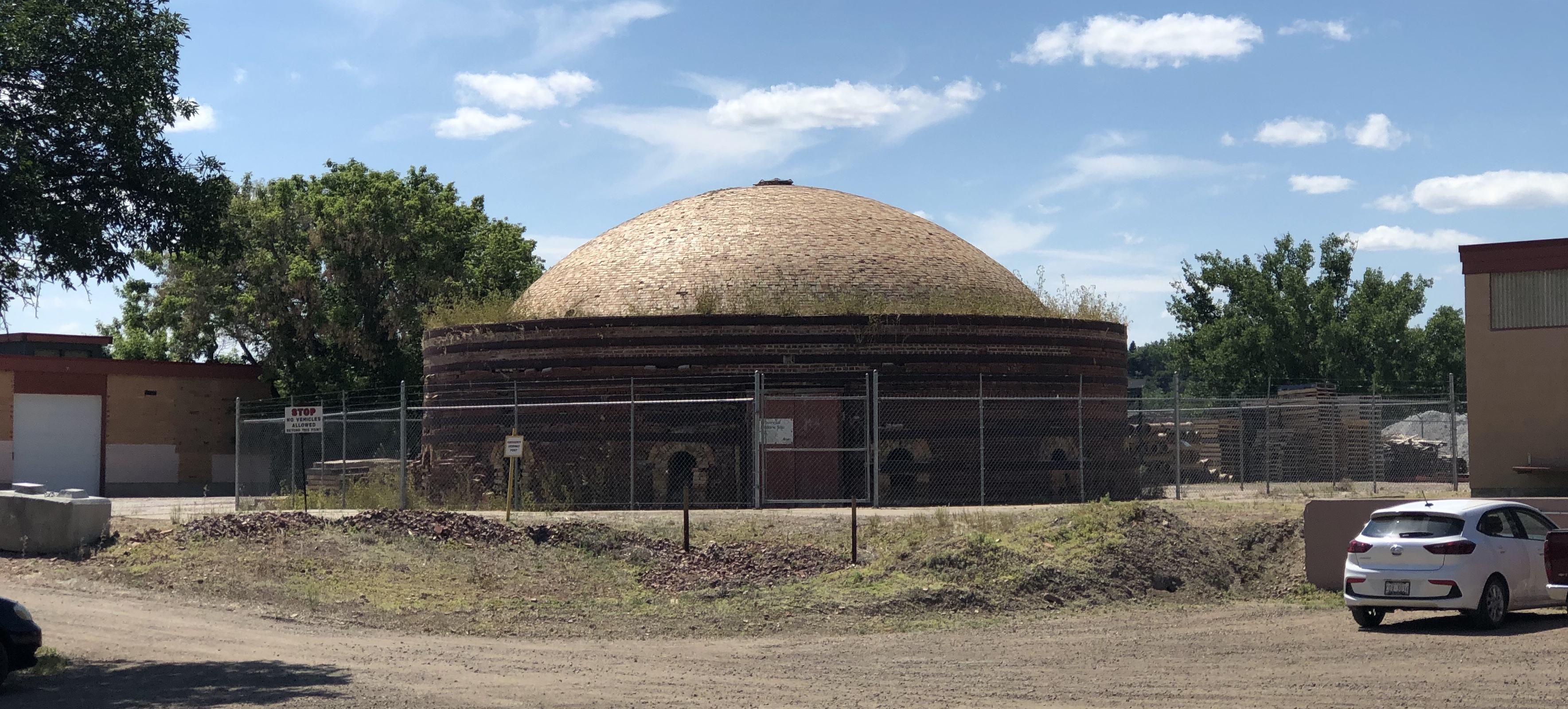
The last remaining beehive kiln on the ACP property, a historic site 2021, this is located right beside the current plant of Plainsman Clays.
Copyright rongetty.com, All Rights Reserved
Login - 216.73.216.38
